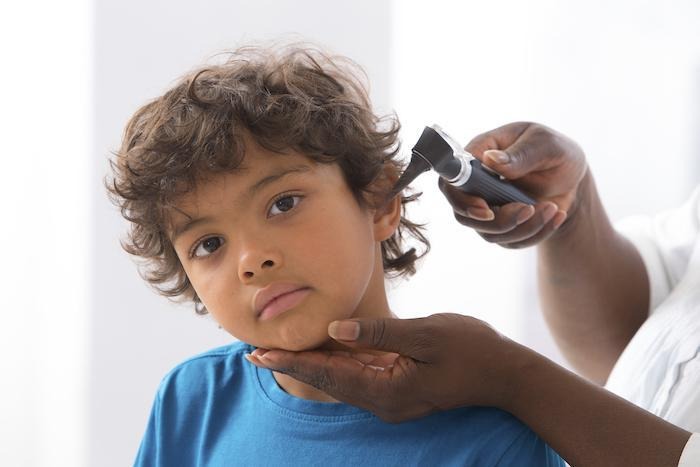Why Ear Health Matters
Healthy ears are more than just a pathway for hearing—they are essential for balance, pressure regulation, and overall well-being. Yet, many people tend to overlook minor discomfort, muffled hearing, or occasional ringing. Ignoring these early warning signs can sometimes lead to more serious issues. That’s why careful monitoring, early diagnosis, and preventive care are so important for maintaining ear health.
The Power of Microscopic Ear Examination
One of the most effective ways to understand what’s happening inside the ear is through a microscopic ear examination. Unlike a routine visual check, this procedure provides a detailed view of the ear canal and eardrum. Using a high-precision microscope, ENT specialists can spot early signs of infections, wax buildup, tiny eardrum perforations, or subtle structural changes. Detecting these issues early allows for targeted treatment, preventing complications and preserving hearing quality.
Understanding Tympanometry
Alongside microscopic examination, tympanometry plays a crucial role in evaluating ear health. While the microscope shows us the anatomy, tympanometry measures how the eardrum responds to changes in air pressure. This simple, painless test helps identify fluid in the middle ear, infections, or eustachian tube dysfunction—conditions that can affect hearing, cause discomfort, or trigger balance problems. Combining this data with clinical assessment allows for precise diagnosis and effective treatment planning.
Common Ear Issues and How They Are Managed
Many patients experience symptoms such as muffled hearing, tinnitus (ringing in the ears), or a sensation of fullness. These can result from wax buildup, infections, or pressure imbalances in the middle ear. Through microscopic examination, tympanometry, and other specialized tests, ENT specialists can pinpoint the exact cause. Treatments range from gentle ear cleaning under direct visualization to medications or minor procedures for infections or structural concerns. Each plan is tailored to the individual’s needs, ensuring safety and effectiveness.
Preventive Tips for Healthy Ears
Maintaining ear health is as much about prevention as it is about treatment. Here are some practical tips:
Avoid inserting cotton swabs or other objects into the ear canal.
Protect ears from prolonged exposure to loud sounds.
Keep ears dry and clean, especially after swimming or bathing.
Manage allergies and sinus issues to prevent middle ear pressure problems.
Schedule regular check-ups with an ENT specialist, particularly for children, older adults, or anyone prone to recurring ear issues.
Your Path to Better Hearing
Regular ear evaluations and preventive care can make a remarkable difference in hearing and overall quality of life. With precise tools like microscopic examination and tympanometry, along with expert guidance from ENT specialists Dr. Gayatri S Pandit and Dr. Deepika Dixit, patients can maintain healthy ears, catch issues early, and enjoy clear hearing for years to come. If you’ve noticed changes in your hearing or want a routine ear check-up, taking proactive steps now can prevent problems later.




Add a Comment